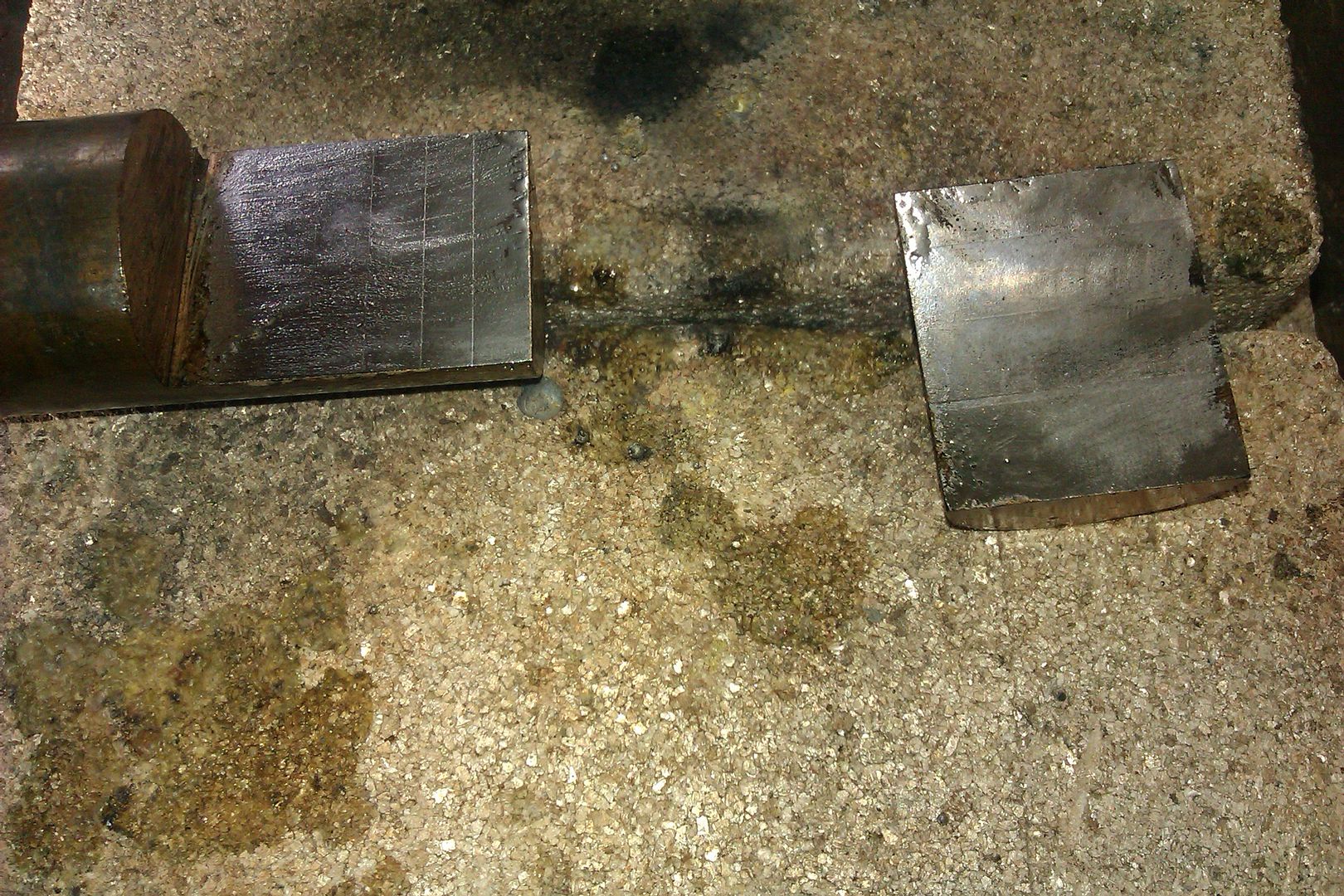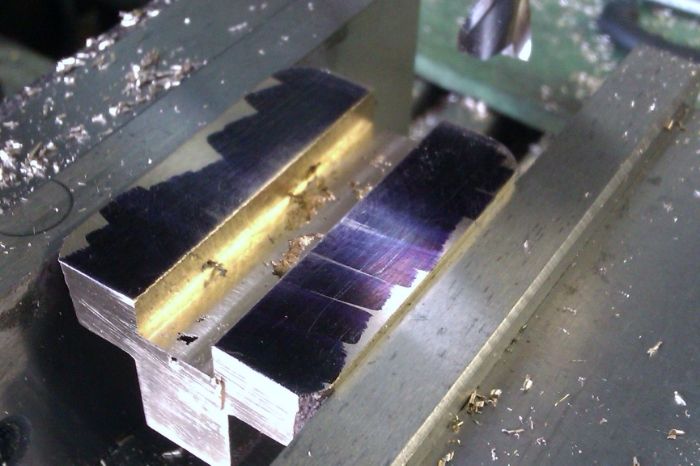Stuart ‘No.1’ : a beginners tale..
Stuart ‘No.1’ : a beginners tale..
- This topic has 244 replies, 29 voices, and was last updated 24 May 2014 at 18:04 by
 Neil Wyatt.
Neil Wyatt.
- Please log in to reply to this topic. Registering is free and easy using the links on the menu at the top of this page.
Latest Replies
Viewing 25 topics - 1 through 25 (of 25 total)
-
- Topic
- Voices
- Last Post
Viewing 25 topics - 1 through 25 (of 25 total)
Latest Issue
Newsletter Sign-up
Latest Replies
- Vice as Broaching Press
- Powered hacksaw – blade lift for the return stroke
- Stripped aluminum threads. Now what?
- Marlco knurler wheels
- Electric motor vibrations
- Damp proofing concrete floors
- Zig Zag Crimping Tool for eg Resistor/ Capacitor Leads
- Safety Pickle for Steel
- Measuring increments on boring head
- New member old lathe




 and face the ends in the lathe that's ok but it looks to me as if there is a lot cleaning up with the file to be done
and face the ends in the lathe that's ok but it looks to me as if there is a lot cleaning up with the file to be done























